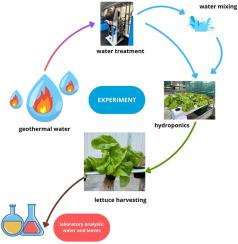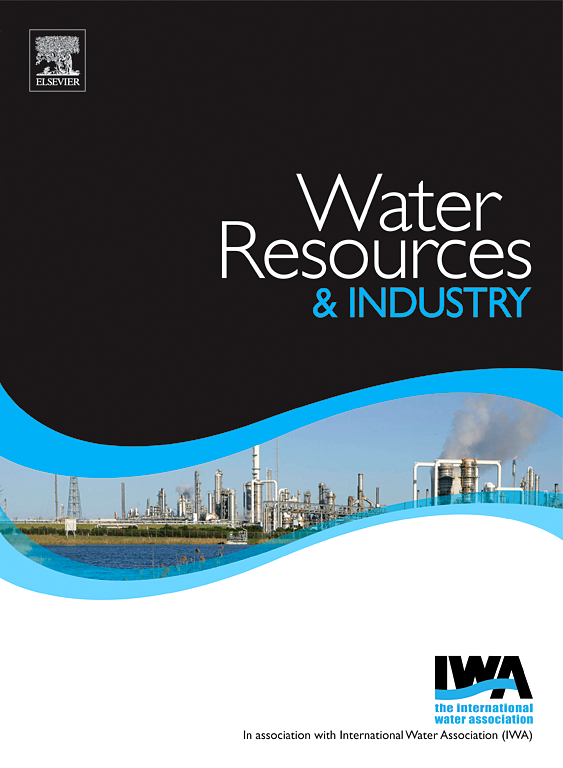Minimization of freshwater usage in hydroponic cultivation by mixing it with desalinated geothermal water using membrane processes
IF 7.5
3区 工程技术
Q1 WATER RESOURCES
引用次数: 0
Abstract
Freshwater resources are becoming increasingly scarce due to climate change, population growth, and intensified agricultural demands, making searching for alternative water sources a pressing global issue. Research conducted using a geothermal water treatment system (a two-stage main treatment RO-RO system) identified the possibility of using treated geothermal water as a supplementary source of water resources for hydroponic cultivation. To achieve water parameters that meet the requirements for drinking water, and indicators determining the suitability of water for crop irrigation, the treatment process parameters were adjusted. It was shown that the use of the proposed system and mixing the permeate (treated geothermal water) with tap water in a 70/30 ratio enables the production of water with suitable parameters for hydroponic lettuce cultivation. The results of post-harvest analyses of lettuce leaves confirmed it. These findings demonstrate the potential for reducing freshwater consumption in hydroponic cultivation by using properly treated geothermal water.

通过膜处理将淡水与脱盐的地热水混合,使水培栽培中的淡水使用量最小化
由于气候变化、人口增长和农业需求的增加,淡水资源正变得越来越稀缺,寻找替代水源成为一个紧迫的全球问题。利用地热水处理系统(两阶段主处理RO-RO系统)进行的研究确定了将处理过的地热水作为水培栽培的补充水源的可能性。为了达到满足饮用水要求的水参数和确定作物灌溉用水适宜性的指标,对处理工艺参数进行了调整。结果表明,使用该系统并将渗透水(处理过的地热水)与自来水以70/30的比例混合,可以生产出适合水培生菜栽培的水。收获后对生菜叶的分析结果证实了这一点。这些发现表明,通过使用经过适当处理的地热水,可以减少水培栽培中的淡水消耗。
本文章由计算机程序翻译,如有差异,请以英文原文为准。
求助全文
约1分钟内获得全文
求助全文
来源期刊

Water Resources and Industry
Social Sciences-Geography, Planning and Development
CiteScore
8.10
自引率
5.90%
发文量
23
审稿时长
75 days
期刊介绍:
Water Resources and Industry moves research to innovation by focusing on the role industry plays in the exploitation, management and treatment of water resources. Different industries use radically different water resources in their production processes, while they produce, treat and dispose a wide variety of wastewater qualities. Depending on the geographical location of the facilities, the impact on the local resources will vary, pre-empting the applicability of one single approach. The aims and scope of the journal include: -Industrial water footprint assessment - an evaluation of tools and methodologies -What constitutes good corporate governance and policy and how to evaluate water-related risk -What constitutes good stakeholder collaboration and engagement -New technologies enabling companies to better manage water resources -Integration of water and energy and of water treatment and production processes in industry
 求助内容:
求助内容: 应助结果提醒方式:
应助结果提醒方式:


